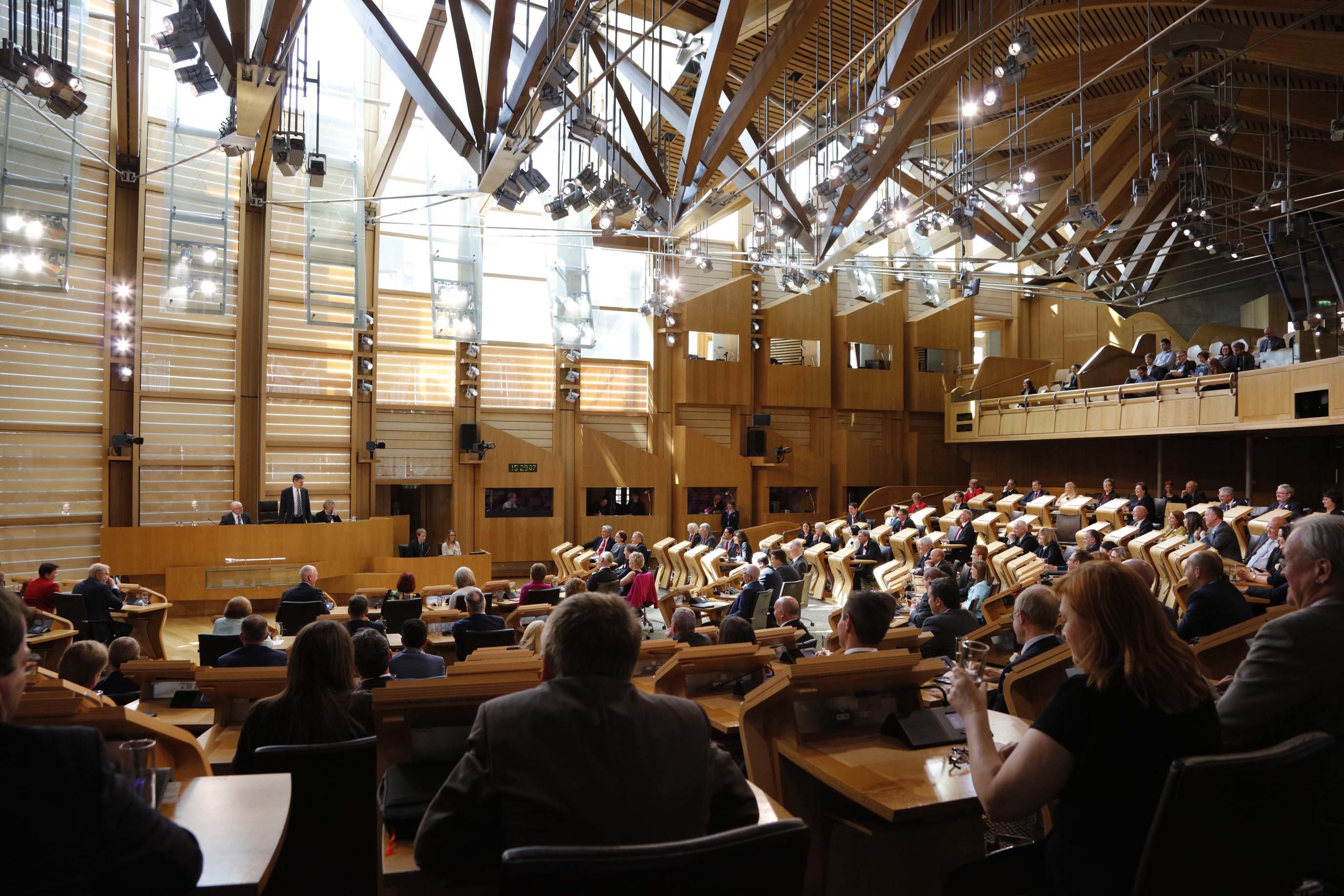A Holyrood debate on education descended into farce with the MSPs unable to vote at the end of it.
Politicians had been discussing university funding, with tuition fees and student access at the top of the agenda but a technical problem left the issue unresolved.
A Scottish Parliament spokeswoman said: “The Parliament experienced some minor issues with its sound and voting system this evening.
“While we work to resolve this, the Presiding Officer has taken the decision to postpone tonight’s votes until 5pm tomorrow.”
During the debate, the new higher education minister had said she is “utterly baffled” by claims that bringing in university tuition fees could help more poorer youngsters get on to degree courses.
Shirley-Anne Somerville stressed the SNP “remains committed” to its flagship policy of free university education for Scottish students.
She spoke out after fears were raised at Holyrood the policy could see middle-class youngsters “squeezed out” of university due to a lack of funded places as ministers aim to raise the proportion of students from deprived backgrounds.
The Scottish Government has set the target of a fifth of university students being from the poorest areas by 2030.
Tory education spokeswoman Liz Smith questioned how this could be achieved without an increase in funding.
In the recent election campaign, the Tories proposed graduates pay back up to £6,000 after finishing their studies, arguing that evidence suggests such a scheme could “help with widening access by providing more bursaries and more places for the most disadvantaged students”.
Ms Smith asked: “If it is the ambition to widen access, I would ask them if they could tell this Parliament you will find more places in universities?
“Or if you are unable to find these new places because of funding constraints, whether you are going to squeeze out some of the students that would normally have that university entrance, because that’s a very important part of this debate.”
Ms Somerville insisted: “This government remains committed to free access to education. We will not impose tuition fees on students, either up-front or through the back door, not now, not ever.
“This girl from a Fife mining village, the first from her family to even consider going to university, will not take that very access to free education away which allows her to stand here today.”
She added: “Recently, a variety of commentators appear to have suggested that ending free tuition might hold the key to faster progress on widening access to higher education.
“Really, that’s what the very end of the Tory amendment is all about. But how asking students to pay fees of up to £27,000 which are charged elsewhere in the UK for a degree course will make higher education a more attractive option for our young people is something that leaves me utterly baffled.”
A Scottish Government spokesman said £76 million had been invested in widening access to higher education in the past three years.
He added: “We will again invest over £1 billion in higher education next year – the fifth year in a row our investment has topped this level.”










